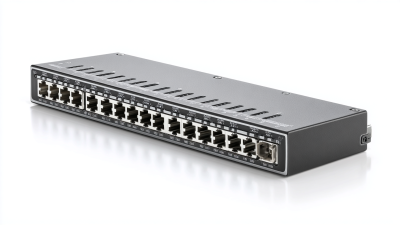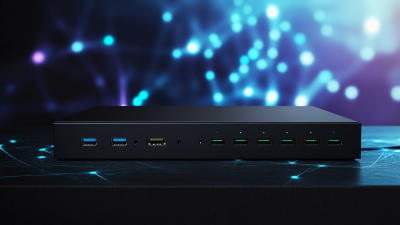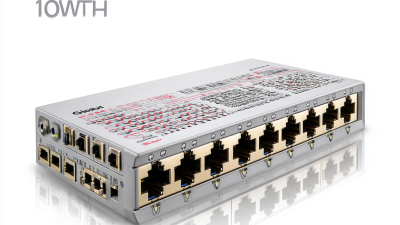
- hasivo@hasivo.com
- Mon - Sat at 7:00AM to 9:00PM
Leave Your Message

In today's fast-paced digital landscape, the importance of robust network infrastructure cannot be overstated, and at the heart of this infrastructure lies the Gigabit Switch. As homes and businesses increasingly rely on high-bandwidth applications—such as HD video streaming, online gaming, and cloud computing—the demand for efficient data transfer has surged.
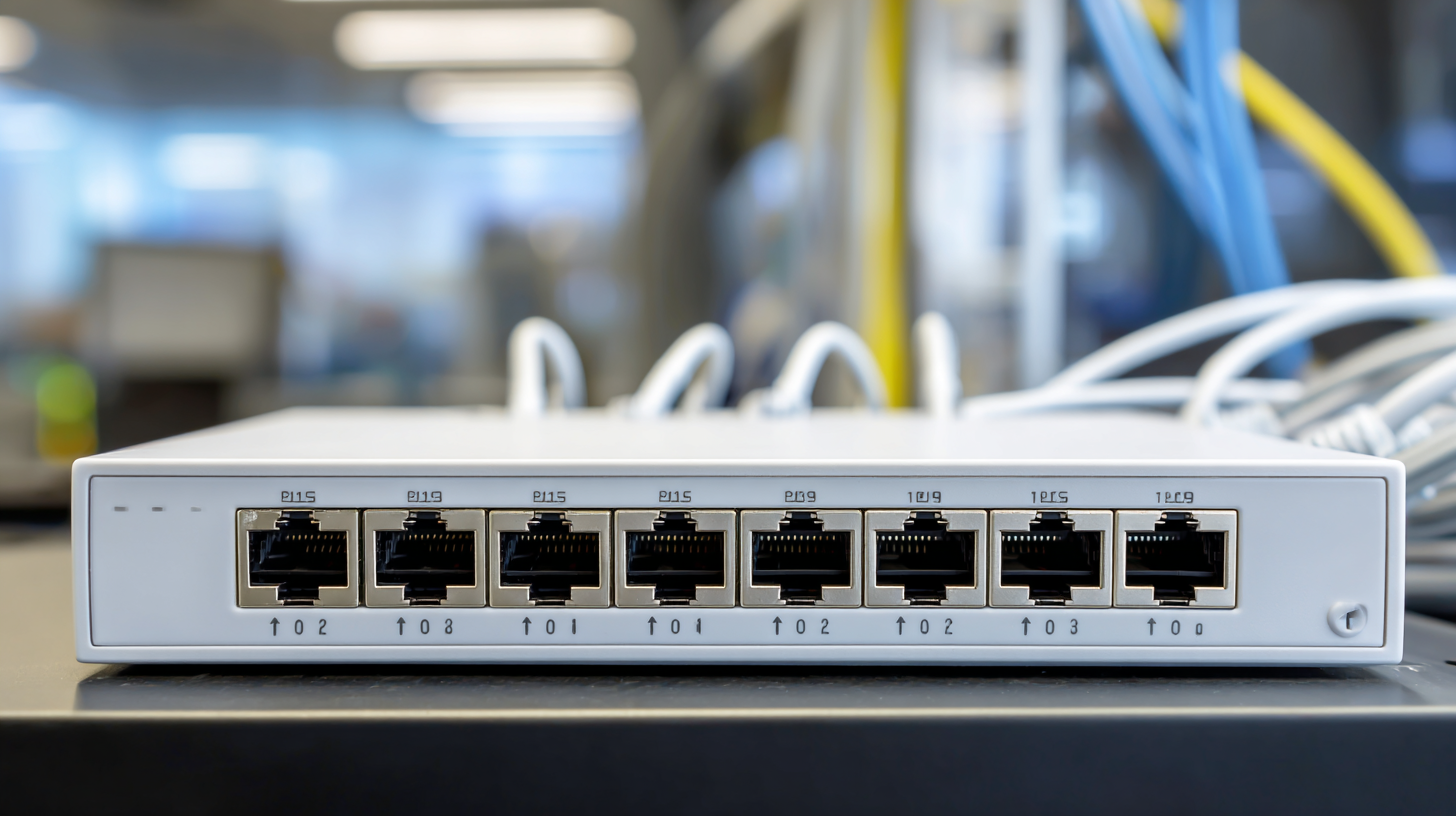
A Gigabit Switch not only enhances the speed of data transmission but also improves network reliability and scalability, making it an essential component for any modern network setup. This guide will explore the critical reasons why investing in a Gigabit Switch is vital for optimizing your network's performance, ensuring that users can fully leverage their internet capabilities while providing a seamless experience across multiple devices.
Understanding the advantages of utilizing a Gigabit Switch will empower you to make informed decisions that enhance both performance and efficiency in today’s interconnected world.
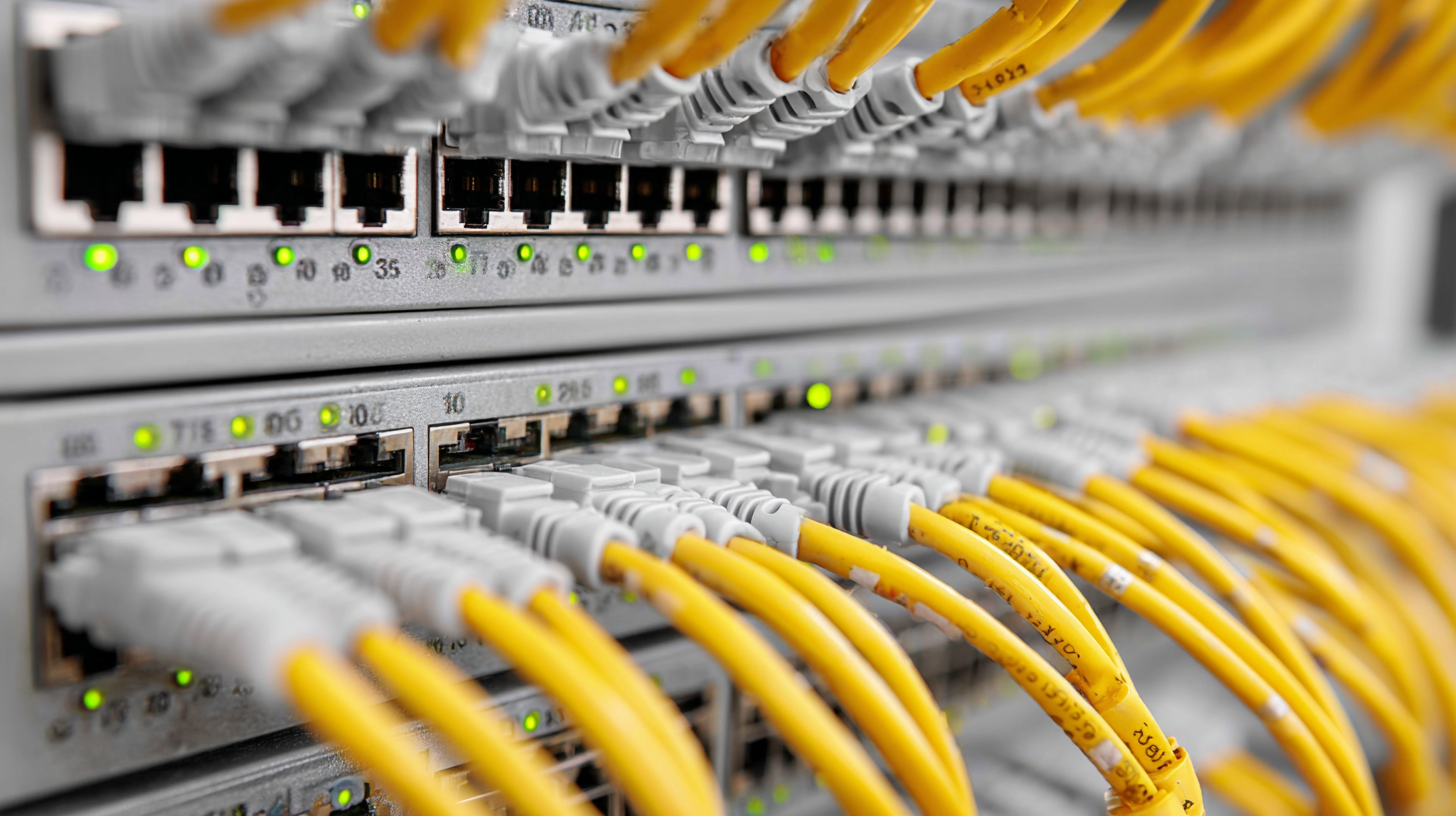 In today's digital landscape, selecting a gigabit switch has become increasingly essential for maintaining optimal network performance, especially in high-speed environments. Data from industry reports indicate that 80% of organizations now rely on gigabit-speed connectivity for their core operations, highlighting the importance of capable switching solutions. High-speed networking elevates productivity, with studies showing up to a 40% increase in operational efficiency in organizations that have transitioned to gigabit networking.
In today's digital landscape, selecting a gigabit switch has become increasingly essential for maintaining optimal network performance, especially in high-speed environments. Data from industry reports indicate that 80% of organizations now rely on gigabit-speed connectivity for their core operations, highlighting the importance of capable switching solutions. High-speed networking elevates productivity, with studies showing up to a 40% increase in operational efficiency in organizations that have transitioned to gigabit networking.
Moreover, the choice of managed switches, particularly in industrial settings, plays a pivotal role in ensuring network stability and reliability. With the growing complexity of network demands, these switches can adapt to harsh conditions, maintaining performance even in severe environments. Research suggests that the use of industrial-grade managed switches significantly reduces downtime, with companies experiencing a 50% decrease in network-related disruptions. As the backbone of modern networks, investing in gigabit switching technology not only prepares organizations for today’s challenges but also positions them for future growth.
The rapid evolution of network demands necessitates the adoption of gigabit switches, making their selection not just a recommendation but an imperative for modern infrastructures. Statistics reveal that as of 2022, over 80% of enterprises reported that their network traffic had increased by more than 30% in the previous year, highlighting the urgent need for higher bandwidth solutions. Additionally, a study indicated that businesses utilizing gigabit technology experienced a 50% improvement in overall network performance, demonstrating a clear correlation between technology investments and operational efficiency.
Moreover, with the rise of data-intensive applications and cloud computing, the need for robust networking capabilities is more crucial than ever. According to industry projections, by 2025, the global gigabit switch market is expected to grow by 25% annually, driven by the demand for enhanced connectivity and seamless user experiences. This growth is further supported by the fact that nearly 90% of IT professionals believe that gigabit switches are essential for supporting next-generation applications, emphasizing their role in future-proofing network environments against ever-increasing data loads and performance expectations.
In the realm of modern networking, gigabit switches have rapidly gained traction over traditional Fast Ethernet solutions, paving the way for enhanced performance and increased efficiency. A key advantage of gigabit switches is their ability to handle larger data packets at higher speeds, which is crucial in environments where bandwidth demands are escalating, especially with the rise of streaming services, cloud computing, and IoT devices. The transition from Fast Ethernet to Gigabit Ethernet allows for seamless data transfer rates up to 1 Gbps, accommodating the growing number of devices on a network without a hitch.
Moreover, as the demand for advanced industrial networking solutions continues to surge, innovations such as Single-Pair Ethernet (SPE) highlight the significance of reliable and efficient connectivity. SPE exemplifies how technology is evolving to meet the needs of modern applications, enabling direct connections without the requirement for complex gateway systems. As organizations strive for higher performance in data transfer and real-time communications, the implementation of gigabit switches becomes not merely beneficial but essential. This shift not only streamlines operations but also prepares networks for future advancements in technology, ensuring they remain competitive in an ever-evolving digital landscape.
In today's digital landscape, the choice of networking equipment can significantly influence overall performance, especially in terms of latency and throughput. Gigabit switches are pivotal in optimizing network performance. According to a report by the International Data Corporation (IDC), enterprises that upgraded to gigabit switches experienced a 30-50% reduction in latency, translating into enhanced responsiveness for applications reliant on real-time data. This improved performance ensures that bandwidth-hungry applications, like video conferencing and cloud computing, function smoothly without interruption.
When selecting a gigabit switch, it's crucial to consider your current and future networking demands. Tip: Evaluate the number of devices that will be connected, as well as the types of applications running on your network. A study by Gartner indicates that organizations can forecast a 20-30% increase in device count annually due to IoT and smart devices, highlighting the importance of a robust infrastructure.
Furthermore, the throughput capabilities of gigabit switches allow for better data handling, reducing bottlenecks during peak usage times. Tip: Implement Quality of Service (QoS) configurations to prioritize critical traffic, ensuring essential applications get the bandwidth they need while maintaining overall network efficiency.
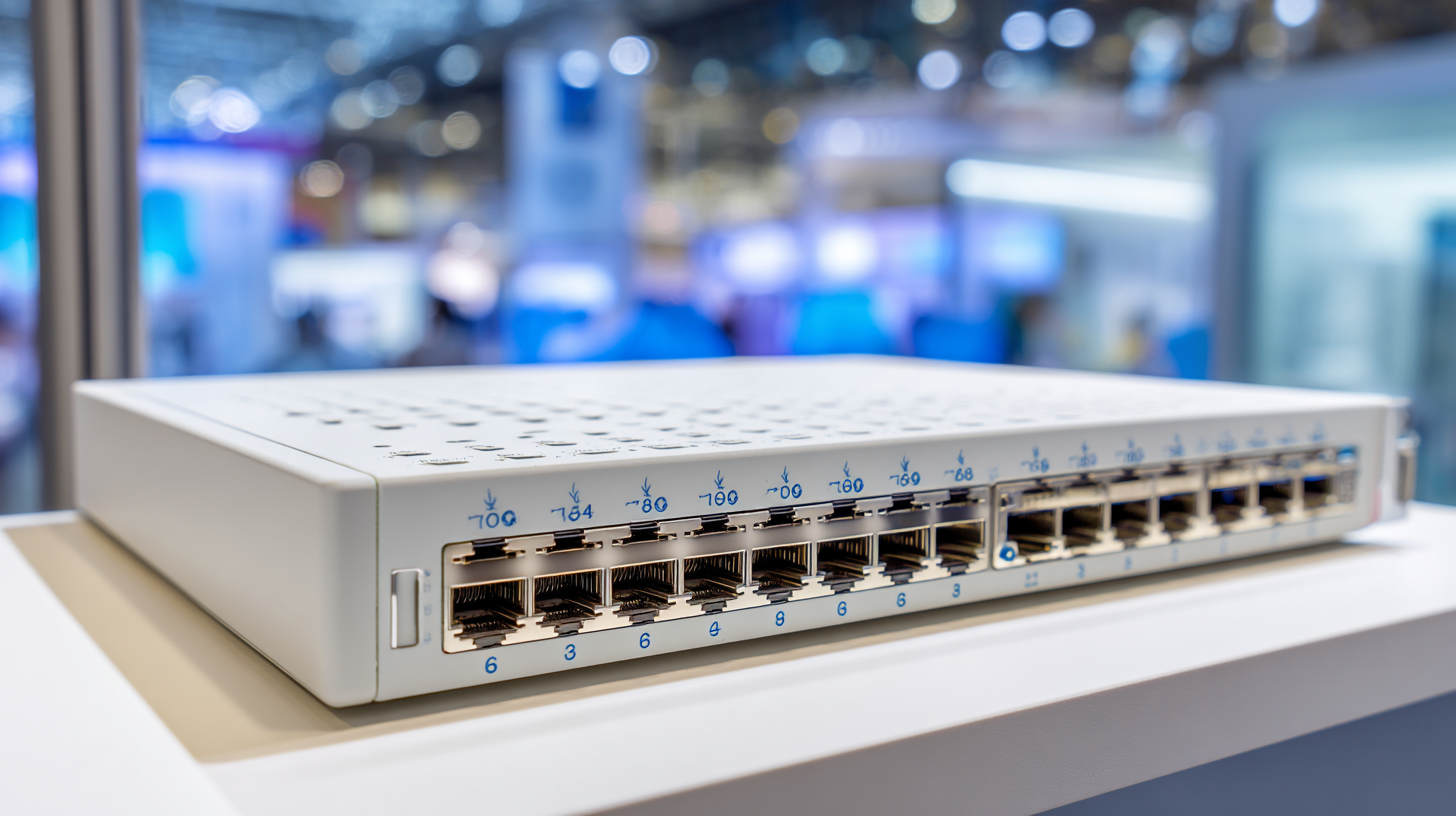 Integrating gigabit switches into existing network infrastructures is a strategic decision that can significantly enhance network performance. First and foremost, it is crucial to assess the current network layout and identify bottlenecks that may hinder data flow. Analyzing traffic patterns will help determine the optimal locations for new switches, ensuring that high-demand areas receive the necessary bandwidth to support increased data transfers. This evaluation process is fundamental to creating a robust network capable of handling modern applications and services that require substantial throughput.
Integrating gigabit switches into existing network infrastructures is a strategic decision that can significantly enhance network performance. First and foremost, it is crucial to assess the current network layout and identify bottlenecks that may hinder data flow. Analyzing traffic patterns will help determine the optimal locations for new switches, ensuring that high-demand areas receive the necessary bandwidth to support increased data transfers. This evaluation process is fundamental to creating a robust network capable of handling modern applications and services that require substantial throughput.
Furthermore, when introducing gigabit switches, it's essential to maintain compatibility with legacy systems. Utilizing auto-negotiation features can facilitate a smoother transition by allowing new switches to communicate effectively with older devices. Additionally, ensuring proper configuration and VLAN segmentation can help isolate traffic types, thereby improving overall performance and security within the network. Regular monitoring and testing post-installation will also allow network administrators to promptly address any issues that may arise, ensuring that the integration of gigabit switches contributes positively to the network's efficiency and reliability.
